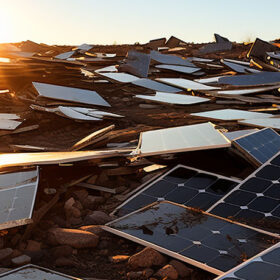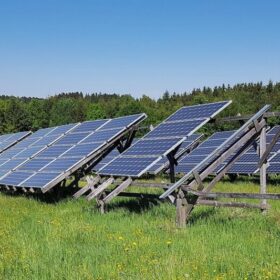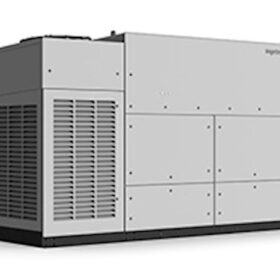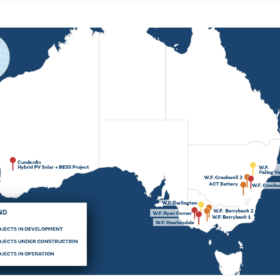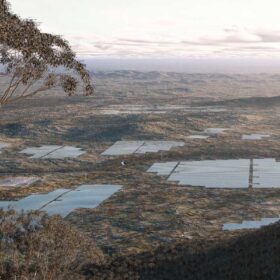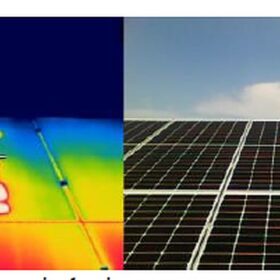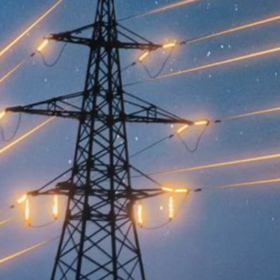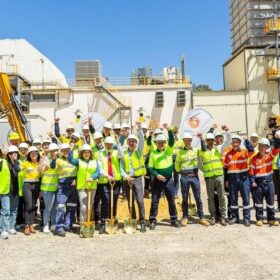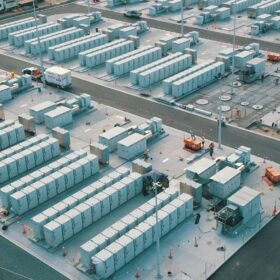RMIT leads global research into solar panel recycling
Melbourne’s RMIT University researchers are in Europe leading an international network focussed on advancing the reuse and recycling of solar panels, including critical mineral recovery.
Research shows repaired PV modules can perform with acceptable losses
A research group in Spain has demonstrated the technical feasibility of using repaired solar modules with satisfying results. However it warned that there is an urgent need to define a protocol for evaluating the features of a “viable” repaired panel.
Ingeteam trots out ‘Australian first’ inverter tech at Aldoga Solar Farm
Renewable energy developer Acciona Energia has tapped fellow Spanish company Ingeteam to provide its power conversion and control technology for the 380 MW Aldoga Solar Farm being constructed in Queensland.
Soltec launches dual-row, single-axis tracker
Spanish manufacturer Soltec has developed a new dual-row, single-axis tracker with a tracking range of up to 60 degrees, offering compatibility with 60-cell, 72-cell and 78-cell modules.
Spain announces $1.24 billion incentive scheme for clean-tech manufacturing
Spain’s government has submitted a new incentive scheme to a public consultation. It is designed to support the development of a clean-tech supply chain in the country, including the production of batteries.
$4 billion expected from sale of Naturgy’s 1.3 GW portfolio-holder GPG Australia
Major Australian renewable energy portfolio holder Global Power Generation Australia, jointly owned by Spain’s Naturgy and an arm of the Kuwait Investment Authority, is reportedly going up for auction early next year.
Acciona presses go on 380 MW Queensland solar farm
Construction of the 380 MW Aldoga Solar Farm being developed near Gladstone on the central Queensland coast is to commence in the first quarter of 2024 with energy generated at the facility to go towards powering the state’s largest green hydrogen project.
Spain rockets to fourth in global utility-scale solar listing
Spain recorded more than 20 GW of installed solar capacity at the end of last year, according to recently published data from Wiki-Solar. The website’s founder claims that the country is becoming a PV powerhouse as utility-scale developers increasingly roll out projects.
Acciona, Stanwell ink offtake deal for 380 MW Aldoga Solar Farm
Stanwell Corporation has signed a long-term offtake agreement with Spanish renewable energy developer Acciona Energia to purchase 100% of the output from the proposed Aldoga Solar Farm to power a 3 GW green hydrogen project being developed near Gladstone on the central Queensland coast.
Combination of half-cut, bifacial solar cell designs may contribute to hotspot formation
Scientists in Spain tested PV modules under partial shading conditions, aiming to better understand the formation of performance-damaging hotspots. The study reveals a potential issue particularly affecting half-cell and bifacial modules, which may cause accelerated performance loss and is not covered by current testing/certification standards.
